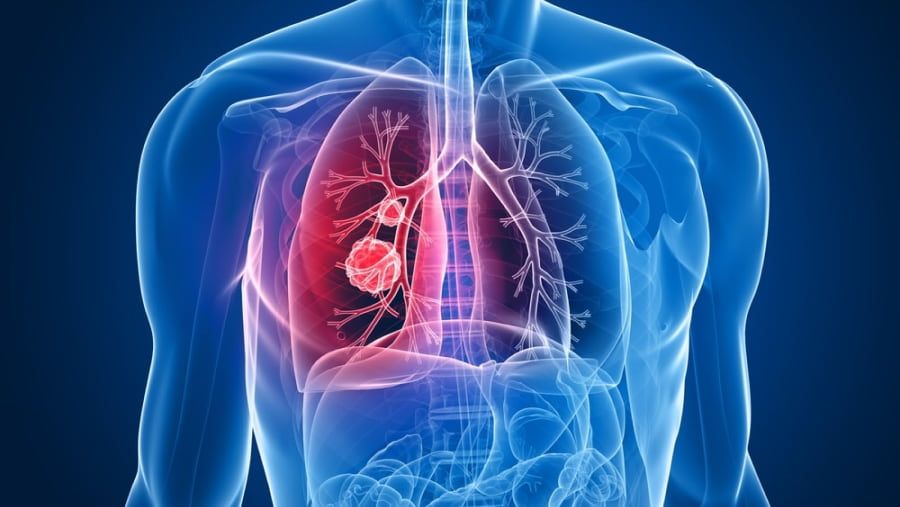How to Choose the Treatment of Lung Cancer
Lung cancer is a serious disease that requires prompt diagnosis and treatment. When choosing a treatment plan for lung cancer, patients and doctors need to consider a variety of factors. The following details how to choose treatment for lung cancer.

1. Understand the condition
First, patients need to understand their own disease, including the type of lung cancer, stage, metastasis and so on. This helps patients and doctors to develop appropriate treatment plans. At the same time, patients also need to know their own physical conditions, including age, gender, underlying diseases, etc., so that doctors can better assess the patient's tolerance and treatment risks.
2. Choose the appropriate treatment method
There are a lot of kinds of the treatment of lung cancer. When choosing a treatment, patients and doctors need to consider a number of factors.
Surgery: For early stage lung cancer, surgery is the preferred treatment. Resection of the tumor can effectively prolong the survival period and improve the quality of life of patients. However, surgery is risky and requires the patient and the doctor to jointly assess the patient's physical condition and surgical risks.
Radiation therapy: Radiation therapy is a method of killing cancer cells with radiation. For patients who are inoperable or who relapse after surgery, radiotherapy is an effective treatment. However, radiation therapy may cause some side effects, such as nausea, vomiting, and fatigue.
Chemotherapy: Chemotherapy is a technique for killing malignant growth cells with drugs. For cutting edge cellular breakdown in the lungs, chemotherapy can broaden endurance and work on personal satisfaction. However, chemotherapy has numerous negative effects, including hair loss and nausea.
Designated treatment: Designated treatment is an accuracy therapy approach that objectives hereditary transformations in cellular breakdown in the lungs. For patients with explicit hereditary changes, designated treatments can altogether further develop treatment results and delay endurance. Notwithstanding, designated treatments are costly and expect patients to go through hereditary testing.
3. Develop a personalized treatment plan
While picking a treatment choice, patients and specialists need to think about the patient's particular conditions and needs. For instance, in more seasoned, less solid patients, medical procedure or chemotherapy may not be suitable, and radiation or designated treatment might be more fitting. Simultaneously, patients and specialists likewise need to think about the reason for treatment and the normal impact. For instance, the primary goal of treatment for patients with early lung cancer is to remove the tumor and increase survival rates; For patients with cutting edge cellular breakdown in the lungs, the principal motivation behind treatment is to control growth movement and work on personal satisfaction.
4. Pay attention to side effects and recovery
In the course of treatment, patients need to pay attention to the side effects of drugs and recovery. At the same time, patients also need to pay attention to maintaining good living habits and eating habits to promote rehabilitation and improve treatment effects in the future.
In conclusion, the selection of treatment for lung cancer needs to consider a variety of factors, including the severity of the disease, the patient's physical condition, the purpose of treatment and the expected effect. Patients and doctors need to work together to develop an appropriate treatment plan and pay attention to side effects and recovery during treatment. At the same time, patients also need to maintain good living habits and eating habits to promote rehabilitation and improve treatment effects.









